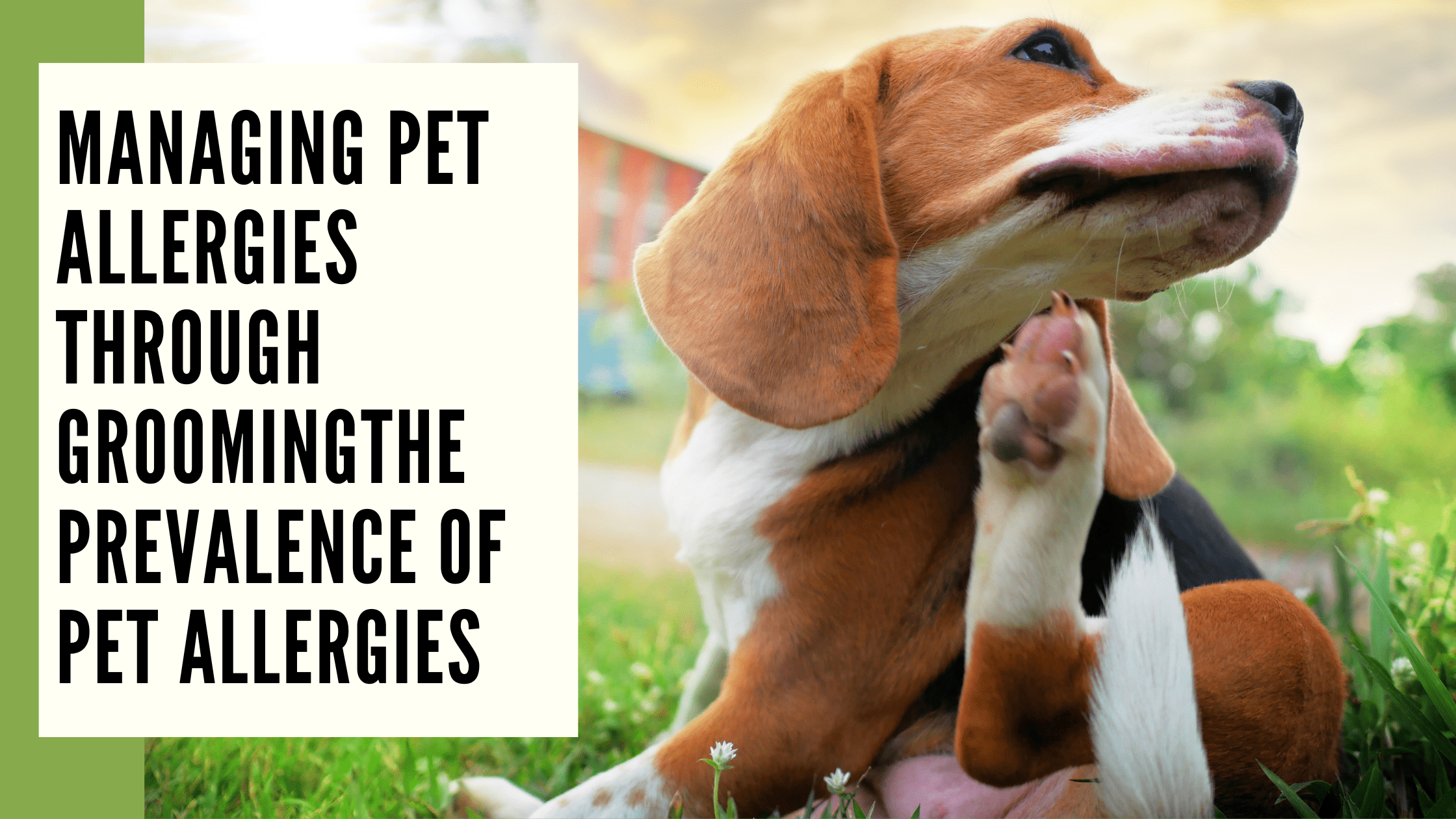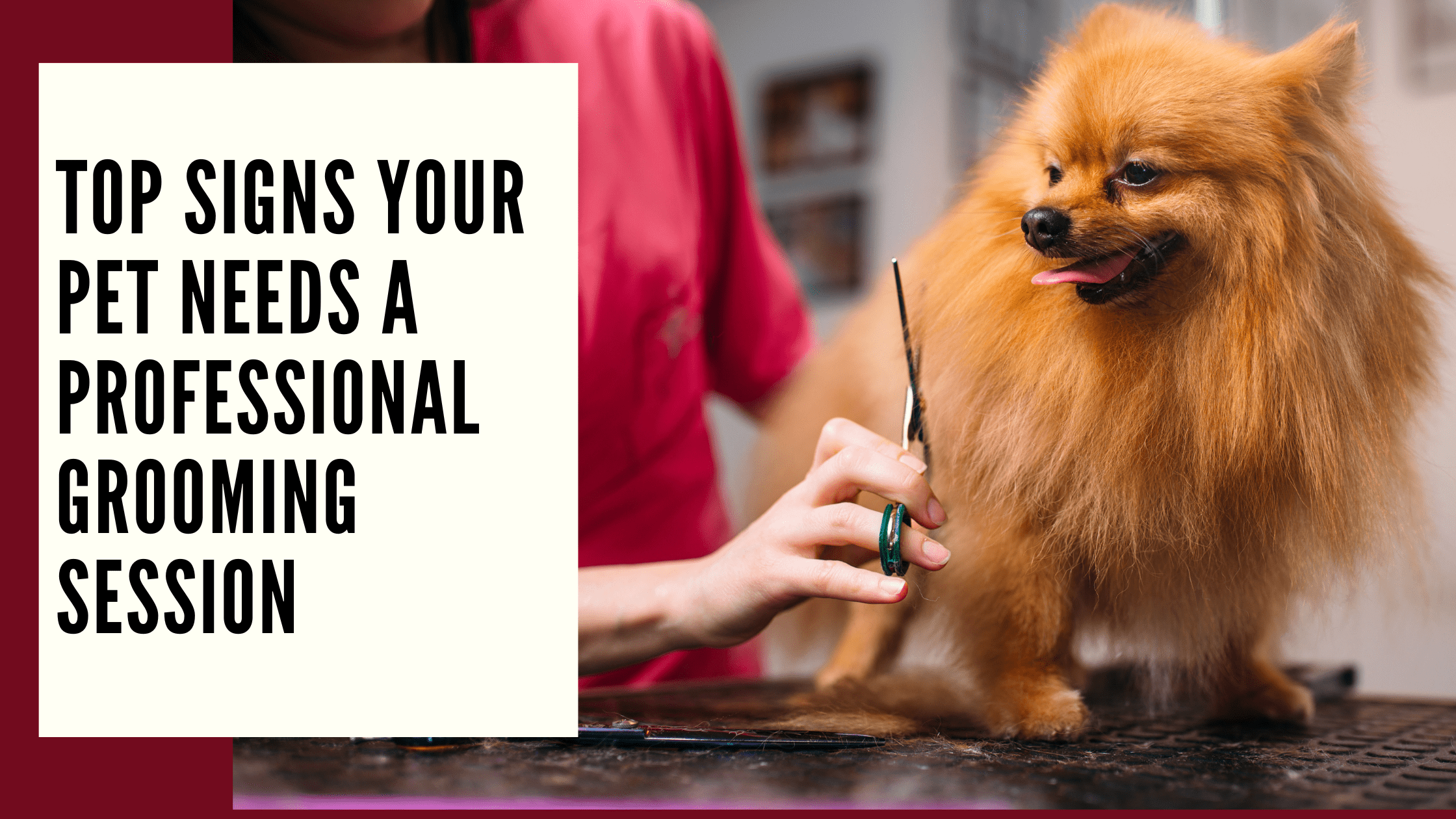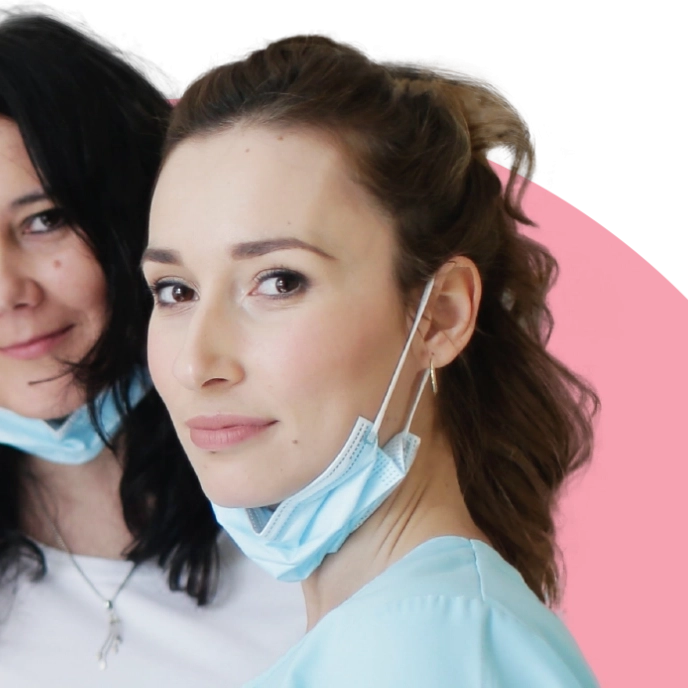Dealing with Shedding: Tips for Reducing Pet Hair at Home
Pet hair can be a charming reminder of your beloved furry friends, but it can also become a persistent nuisance around the house. Whether you’re dealing with a shedding cat or a dog who seems to shed endlessly, there are several strategies you can employ to manage and reduce pet hair in your home. In this comprehensive guide, we’ll explore practical tips and techniques to help you keep pet hair under control and maintain a cleaner, more comfortable living space.
Understanding Pet Shedding
Shedding is a natural process for pets, and it varies greatly depending on the species, breed, age, and health of the animal. Dogs and cats shed to get rid of old or damaged fur, making way for new growth. While you can’t completely eliminate shedding, understanding the factors that contribute to it can help you manage it more effectively.
Factors Affecting Shedding:
- Breed: Different breeds shed at different rates. For instance, long-haired breeds like Maine Coons and Golden Retrievers tend to shed more than short-haired breeds.
- Season: Many pets shed more during seasonal changes, such as spring and fall, as they adjust their coats for the temperature.
- Health: Poor diet, allergies, and skin conditions can increase shedding. Regular check-ups with your vet can help identify and address health issues that may contribute to excessive shedding.
- Diet: A well-balanced diet rich in essential fatty acids can promote a healthy coat and potentially reduce shedding.
Tips for Reducing Pet Hair
1. Regular Grooming
One of the most effective ways to manage shedding is through regular grooming. Brushing your pet’s coat can help remove loose hair before it has a chance to scatter around your home.
- For Dogs: Use a de-shedding brush or a grooming rake designed for your dog’s coat type. Brush your dog at least once a week, and more often during heavy shedding seasons.
- For Cats: Cats can benefit from regular brushing as well, especially long-haired breeds. A slicker brush or a comb can help remove loose fur and reduce hairballs.
2. Use Pet-Specific Cleaning Tools
Investing in the right cleaning tools can make a significant difference in managing pet hair in your home.
- Vacuum Cleaners: Choose a vacuum cleaner designed for homes with pets. Models with strong suction and specialized brushes can pick up pet hair more effectively.
- Lint Rollers: Lint rollers are handy for quick clean-ups on furniture, clothing, and other surfaces. Keep one handy for daily touch-ups.
- Pet Hair Remover Gloves: These gloves have rubberized surfaces that can help you remove pet hair from upholstery and clothing.
3. Maintain a Clean Living Space
A clean home is less likely to be overrun with pet hair. Regular cleaning routines can help you stay on top of the hair problem.
- Vacuum Regularly: Aim to vacuum high-traffic areas at least once a week. Focus on areas where your pet spends the most time, such as beds and favorite spots.
- Wash Bedding: Regularly wash your pet’s bedding and any washable covers to reduce the buildup of hair.
- Dust Frequently: Dust surfaces with a damp cloth or a dusting tool to prevent hair from accumulating on shelves, tables, and other surfaces.
4. Create a Pet-Friendly Area
Designating specific areas for your pet can help contain the shedding to one part of your home.
- Pet Beds: Provide comfortable beds or blankets in areas where your pet likes to rest. This can help contain the hair to those areas, making it easier to clean.
- Pet Zones: Set up a designated zone for feeding, sleeping, and playing. This can limit the spread of pet hair to other areas of your home.
5. Consider Air Purifiers
Air purifiers with HEPA filters can help capture airborne pet dander and hair, improving the overall air quality in your home. This can be particularly beneficial for people with allergies.
- Choose the Right Purifier: Look for air purifiers specifically designed to handle pet dander. HEPA filters are effective at trapping tiny particles, including pet hair and dander.
- Place Strategically: Position air purifiers in areas where your pet spends the most time and in common living areas to maximize their effectiveness.
6. Bathing and Skin Care
Regular baths and proper skin care can help reduce shedding and keep your pet’s coat healthy.
- Bath Frequency: Bathing your pet too frequently can strip their coat of natural oils, leading to dryness and increased shedding. Consult your vet for the appropriate bathing schedule for your pet.
- Shampoos and Conditioners: Use pet-friendly shampoos and conditioners that are designed to maintain coat health and minimize shedding.
7. Dietary Considerations
A healthy diet can play a crucial role in maintaining a healthy coat and reducing shedding.
- Balanced Diet: Ensure your pet’s diet is balanced and contains essential nutrients, including fatty acids, which are beneficial for coat health.
- Consult Your Vet: If you notice excessive shedding, consult your vet to rule out any dietary deficiencies or health issues.
Final Thoughts
Managing pet hair can be a challenge, but with the right strategies and tools, you can keep your home cleaner and more comfortable. Regular grooming, effective cleaning techniques, and a focus on your pet’s health are key to reducing the impact of shedding. Remember, while you might not be able to completely eliminate pet hair, you can certainly reduce it and enjoy a cleaner living environment.
By incorporating these tips into your routine, you’ll be better equipped to handle pet hair and maintain a harmonious home for both you and your furry friends.
You May Also Like : Dealing with Pet Shedding
FAQs
1. How can I reduce pet hair on my furniture?
Use a lint roller or a vacuum cleaner with a pet hair attachment to remove hair from furniture. You can also try using a damp cloth or rubber glove to pick up hair.
2. Do air purifiers really help with pet hair?
Yes, air purifiers with HEPA filters can help reduce airborne pet dander and hair, improving indoor air quality.
3. How often should I bathe my pet to manage shedding?
Bathing frequency depends on your pet’s needs. Generally, once a month is sufficient, but consult your vet for specific recommendations.
4. What type of brush is best for reducing shedding?
For most pets, a de-shedding brush or grooming rake is effective. Choose a brush suited to your pet’s coat type.
5. Can changing my pet’s diet help with shedding?
Yes, a diet rich in omega fatty acids can promote a healthier coat and may reduce shedding. Consult your vet for dietary advice.










